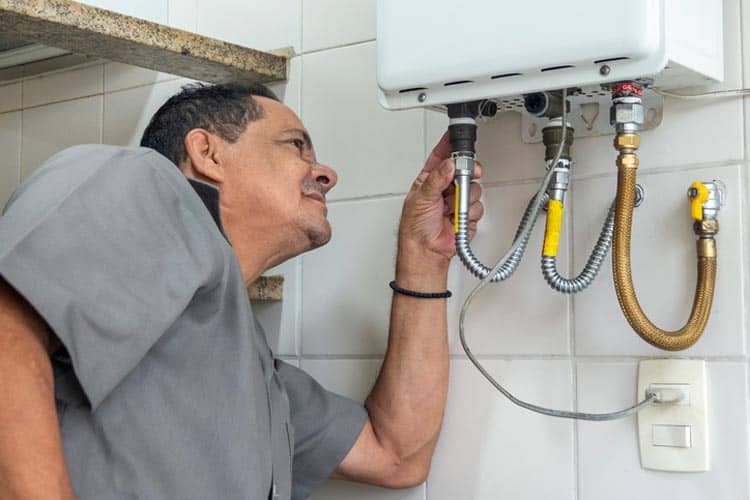First and foremost, it’s crucial to hire a professional to install, maintain, and repair your gas installation. Working with gas requires a specific set of skills and knowledge, so don’t try to DIY it. Even if you’re handy around the house, gas is not something to mess around with. A qualified technician will have the necessary training and equipment to handle gas safely and efficiently.
Secondly, make sure you’re aware of the signs of a gas leak. Gas leaks can be deadly, so it’s crucial to act fast if you suspect one. Some signs of a gas leak include a hissing or whistling sound near the gas line, the smell of gas (which is often described as similar to rotten eggs), or a sudden increase in your gas bill. If you notice any of these signs, leave your home immediately and call a professional.
Thirdly, make sure you’re using gas appliances correctly. Gas stoves, ovens, and heaters should always be used according to the manufacturer’s instructions. If you’re not sure how to use a particular appliance, take the time to read the manual or ask a professional. Never use a gas appliance for anything other than its intended purpose.
Fourthly, make sure your gas installation is properly ventilated. Gas appliances generate carbon monoxide, a colourless, odourless gas that can be lethal in high concentrations. That’s why it’s important to make sure your gas appliances are properly vented to the outside. Make sure your vents are not blocked and that they’re working properly.
Fifthly, make sure your gas installation is properly maintained. Regular maintenance can help prevent gas leaks and other safety hazards. Make sure you have your gas installation inspected by a professional at least once a year. Additionally, make sure you’re using the correct gas pressure for your appliances. Too much pressure can cause leaks, while too little pressure can cause your appliances to malfunction.
Lastly, make sure you have a carbon monoxide detector in your home. Carbon monoxide is a silent killer, so it’s important to have a detector that can alert you to its presence. Make sure your detector is working properly and that you replace the batteries regularly.
In conclusion, working with gas installations can be dangerous if not handled properly. That’s why it’s crucial to follow these safety recommendations to ensure your safety and the safety of those around you. Remember, always hire a professional, be aware of the signs of a gas leak, use gas appliances correctly, properly ventilate your installation, maintain your installation, and have a carbon monoxide detector in your home. By following these recommendations, you can enjoy the benefits of gas while keeping yourself and your loved ones safe.
Cheers,

![]()






